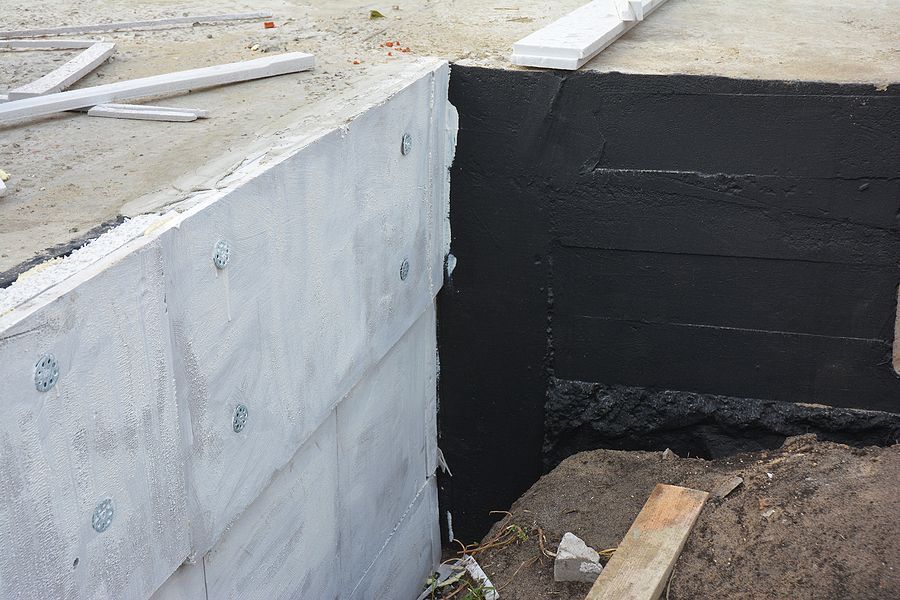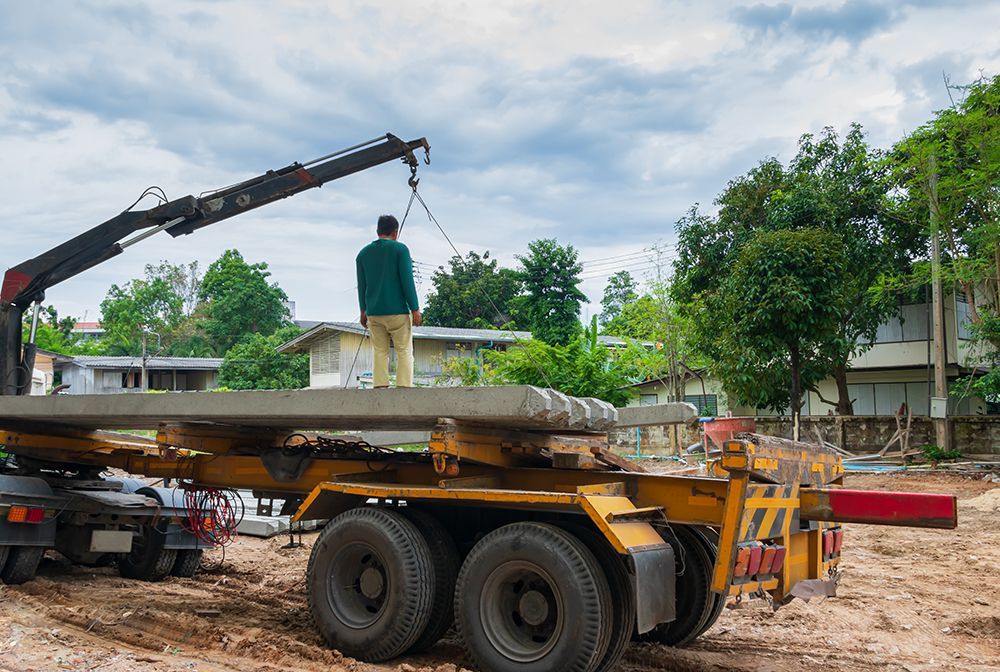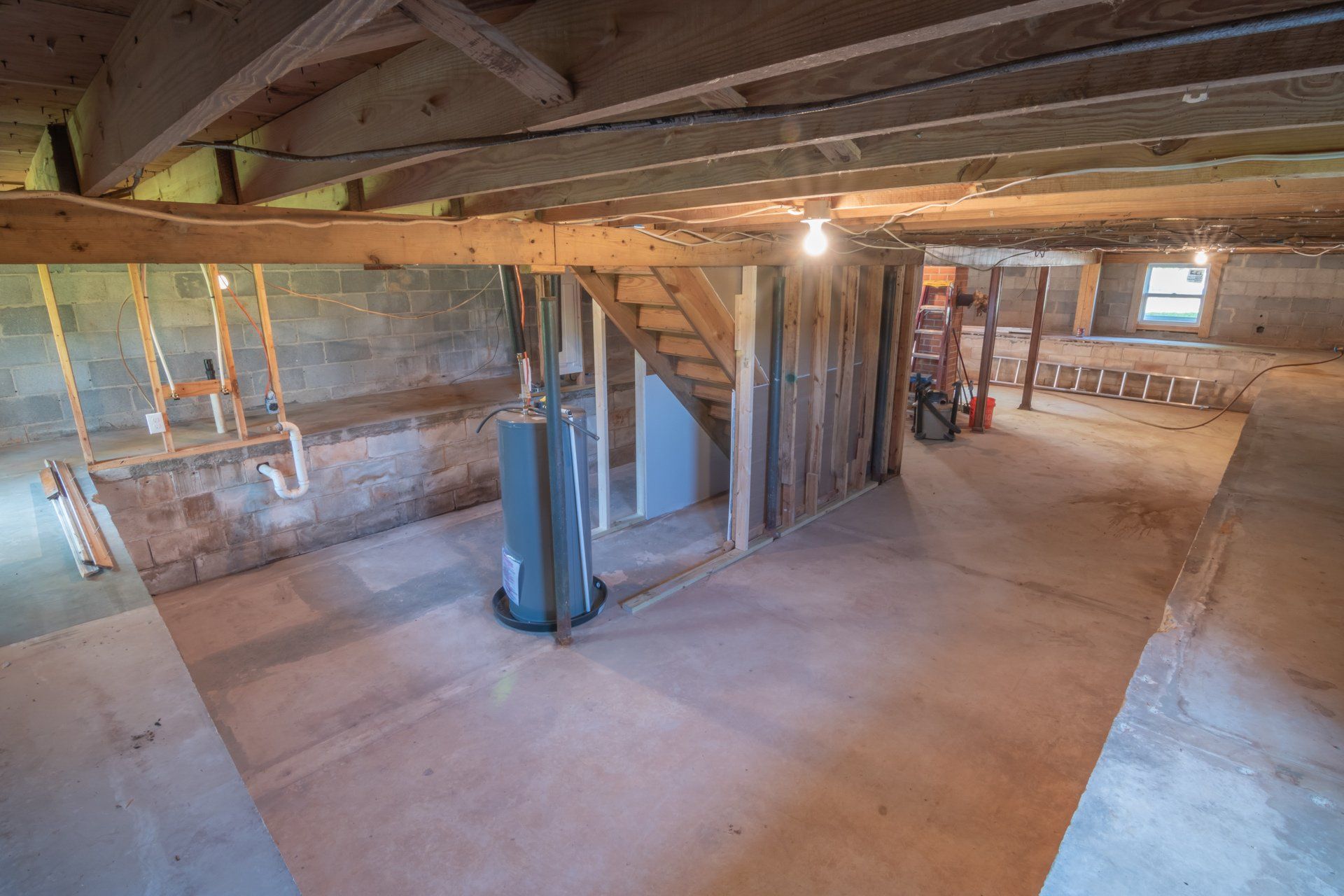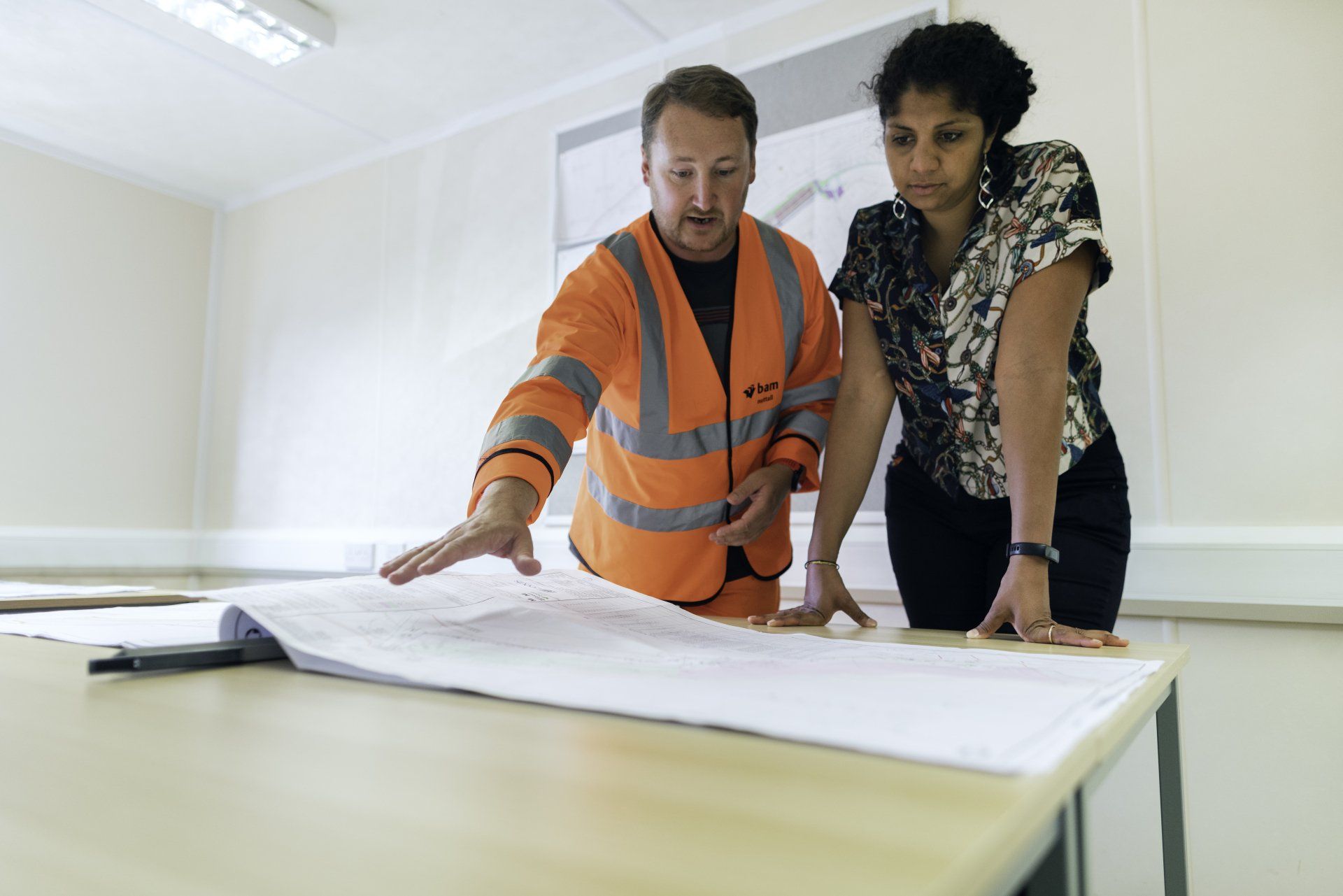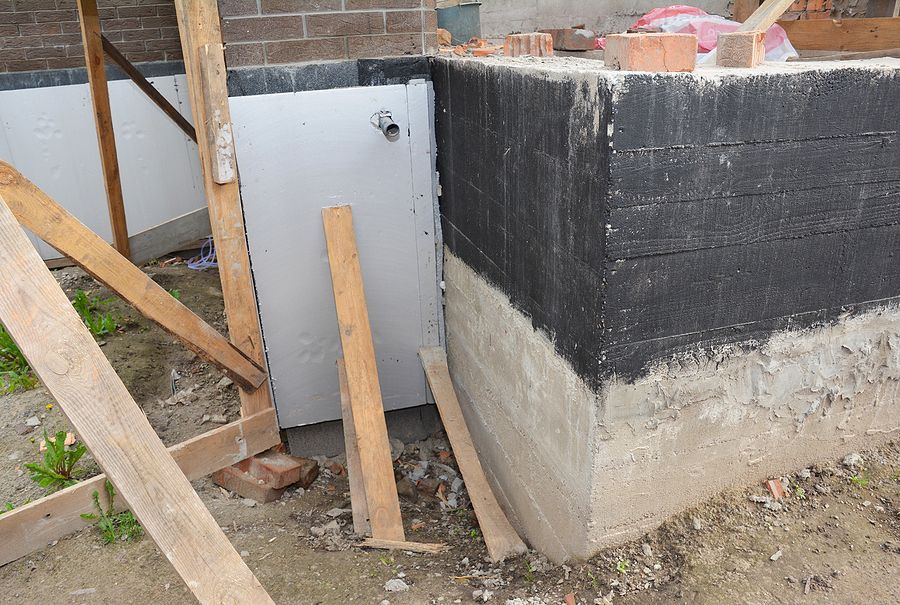Cutting-Edge Sustainable Solutions for Foundation Underpinning
"The Importance of Foundation Underpinning: Ensuring Structural Integrity"
Foundation underpinning is a crucial process in the construction and maintenance of buildings, ensuring their structural stability and longevity. As the demand for sustainable building practices continues to rise, the construction industry has embraced advanced technologies to improve the efficiency, cost-effectiveness, and environmental impact of foundation underpinning.
Here, we will explore the latest innovations in foundation underpinning, including the use of helical piers and other modern techniques, while addressing concerns such as foundation underpinning cost and finding foundation underpinning contractors nearby. We will also touch upon traditional underpinning methods and underpinning shallow foundations to provide a comprehensive overview of this vital aspect of construction.
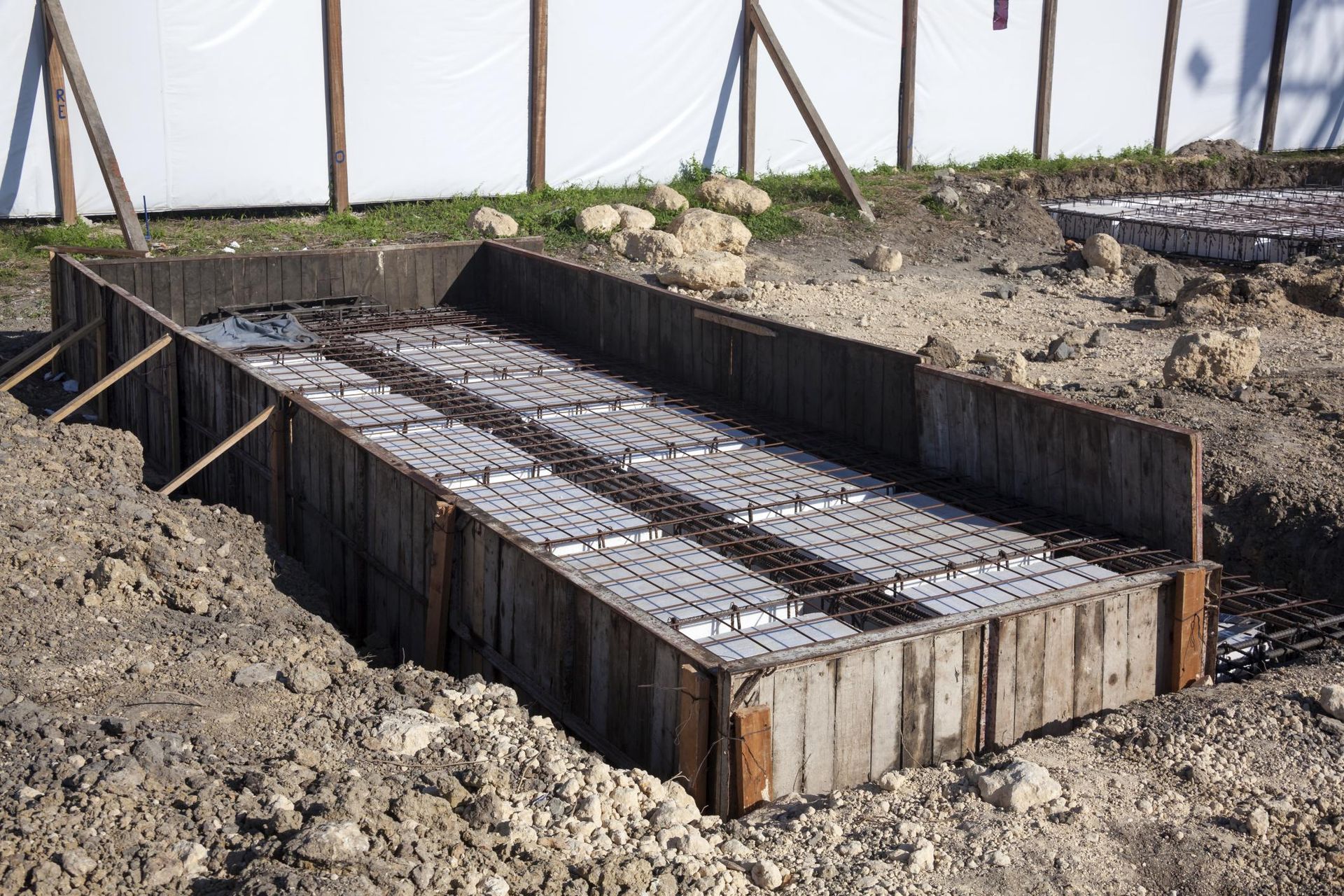
Foundation Underpinning: A Necessity for Structural Stability
Before we delve into advanced technologies, let's briefly understand why foundation underpinning is essential. The foundation is the bedrock upon which any building stands. Over time, it can deteriorate due to various factors like soil movement, poor construction, or increased structural loads. When a foundation becomes compromised, it can lead to cracks, settlement, and structural instability, potentially rendering a building unsafe for occupancy.
Foundation underpinning is the process of strengthening and stabilizing an existing foundation by extending it or adding support to address these issues. It is a crucial step in maintaining the structural integrity of buildings and ensuring their safety and longevity.
Foundation Underpinning Cost: Balancing Efficiency and Budget
One of the primary concerns for property owners and builders when considering foundation underpinning is the cost. The cost of foundation underpinning can vary significantly based on several factors, including the size of the structure, the extent of damage, and the chosen underpinning method.
Traditional underpinning methods often involve extensive excavation and manual labor, making them more time-consuming and costly. However, advancements in technology have introduced more cost-effective and efficient alternatives, such as helical piers.
Helical Piers: A Modern Solution to Foundation Underpinning
Helical piers, also known as helical piles, are a game-changer in the field of foundation underpinning. These cylindrical steel shafts feature helical plates, resembling oversized screws. They are mechanically screwed into the ground to reach stable soil or load-bearing strata, effectively transferring the building's weight to a more solid foundation. Here are some key benefits of helical piers:
- Speed and Efficiency: Helical piers can be installed quickly, reducing labor costs and project timelines.
- Minimal Excavation: Unlike traditional underpinning methods, helical piers require minimal excavation, minimizing disruption to the property and the surrounding environment.
- Sustainability: Helical piers are environmentally friendly since they minimize soil disturbance and can be reused in future projects.
- Cost-Effectiveness: While the upfront cost may be slightly higher than traditional methods, the overall cost of installation and labor tends to be lower.
Finding Foundation Underpinning Contractors Nearby
When considering foundation underpinning, it's essential to find experienced contractors who understand the specific needs of your project. You can start by searching for "foundation underpinning contractors near me" online or asking for recommendations from local builders' associations or construction professionals.
Ensure that the contractors you consider have the necessary licenses, insurance, and a proven track record in foundation underpinning projects. They should also be knowledgeable about the latest technologies, including helical piers, to provide you with the best possible solution for your foundation issues.
Traditional Underpinning vs. Modern Techniques
While helical piers have gained popularity for their efficiency and sustainability, it's essential to acknowledge the value of traditional underpinning methods in certain situations. Traditional methods involve digging deep excavations beneath the foundation and pouring concrete or other materials to create additional support. This approach is still viable for severe foundation issues or in cases where the soil conditions require it.
The choice between traditional and modern techniques should be based on a thorough assessment of the specific foundation problem, site conditions, and budget constraints.
Underpinning Shallow Foundations
In some cases, buildings have shallow foundations, which are more susceptible to settlement and structural issues. Underpinning shallow foundations can be challenging, but advanced technologies have made it more manageable. Helical piers, for example, can provide support even in situations with limited access or confined spaces.
Conclusion
Foundation underpinning is a critical aspect of construction and maintenance that ensures the structural stability and safety of buildings. While concerns about foundation underpinning cost and finding contractors nearby are important, embracing advanced technologies like helical piers can provide cost-effective and sustainable solutions.
By understanding the benefits of modern techniques, property owners and builders can make informed decisions to address foundation issues efficiently, reduce environmental impact, and extend the lifespan of their structures. However, it's essential to recognize that traditional underpinning methods still have their place in certain situations, depending on the severity of the foundation problem and site conditions.


